The choice of cooking oils has expanded from one or two vegetable oils and olive oil to a wide range of nut and seed oils. The grocery store shelves are lined with everything from imported extra virgin olive to walnut and avocado oil.
While olive oil gets most of the love, there are a variety of oils with health benefits to choose from. Many cooking oils have a variety of health benefits along with unique flavor characteristics.
Originally posted: January, 2019 – Updated: September 1, 2023
Table of Contents
Cooking Oils
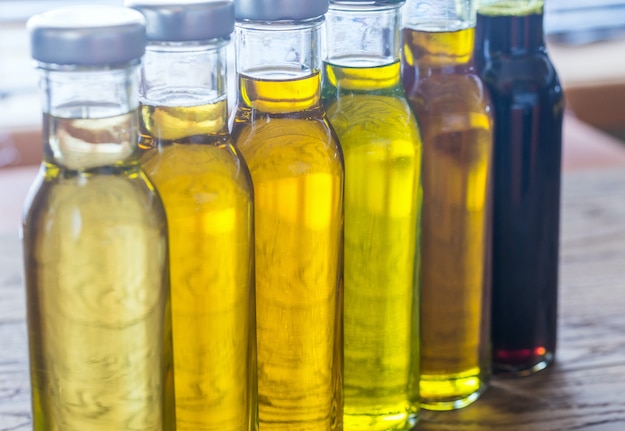
The selection of cooking oils is almost overwhelming now. Not that long ago you could find vegetable oil, olive oil, corn oil, and maybe canola oil. That was it. Today, the shelves are lined with a sea of options.
You can find everything from sunflower oil, corn oil, and canola oil to highly specialized oils like pumpkin seed and walnut oil. You may also see “shortening” and new favorites like coconut oil and ghee.
If you are confused, you aren’t alone! Other than the cost, does the type of oil you chose make a difference? Let’s take a look!
What makes an oil a top choice for cooking?
There are a few things to consider when choosing an oil to cook with:
- The first, and I think the most important, is the flavor. Some oils are very flavorful, like olive oil, avocado oil, or walnut oil. These each have a somewhat distinctive flavor that can positively, or negatively, affect the flavor of your food.
- The second is the smoke point. What is a smoke point? The smoke point is the temperature at which oil breaks down and oxidizes. Once an oil reaches its maximum smoke point it tends to develop an “off” flavor.
- And finally, the nutritional breakdown. Oils or fats that are high in saturated fat or trans fat may increase your risk for heart disease, while unsaturated oils may have health benefits.
My top picks
So what are my “go-to” cooking oils? As a registered dietitian I’m definitely concerned about health first, and as a culinary nutritionist, I also want oils that compliment my recipes and make my food really sing too.
In my pantry and refrigerator, you’ll find a variety of healthy oils but the ones I always have on hand are:
- High-quality extra virgin olive oil
- Grapeseed oil
- Canola oil
- Avocado oil
- Walnut oil.
Let’s take a deep dive into the world of healthy cooking oils and see why I use these the most often.
Avocado Oil
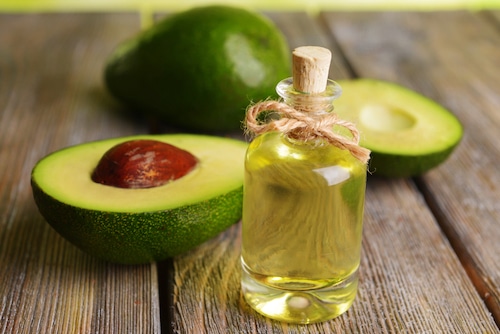
Avocados are a nutrient-rich fruit but until recently many people shunned them because of their high calorie and fat content. That has changed – hello avocado toast!
Recent research has shown there are multiple health and nutrition benefits found in this little fruit. That has many people taking another look at both the fruit and the oil pressed from it.
Health Benefits of Avocado Oil
The avocado fruit is a nutrient-dense food that’s rich in healthy monounsaturated fats, vitamin E, and the antioxidants lutein and zeaxanthin which are important for eye health and brain health.
These nutrients remain in the oil when extracted from the fruit and have been found to have a role in reducing the risk of heart disease, and high blood pressure, and may help reduce inflammation.
Using avocado oil in place of other fats and oils is a great way to get some of these valuable nutrients.
Best Way to Use Avocado Oil
Avocado oil has earthy and grassy notes with just mild hints of avocado flavor.
Avocado oil has a high smoke point, which means it can be heated over high heat without breaking down and causing off-flavors. It’s perfect for sautéing, pan-frying, or even baking. It is also one of the best oils for air frying because it stands up to the high temperatures typically used in air fryers.
It has a light green color and I love to use it drizzled over fish, mixed into a salsa or guacamole, or whisked into a hearty squash soup.
Canola Oil
This mild oil has gotten a lot of bad press over the years but is a healthy oil that should definitely be a part of your healthy eating routine.
So why the bad press? Well, it comes from the seeds of a plant, called a canola plant that has been bred to resist pests, decreasing the need for pesticides. A good thing! But what that means is that it is bioengineered and some groups have raised concerns about that.
I’m not concerned as I know that bioengineered plants have gone through years and years of safety testing and have to adhere to rigorous standards before they can ever be introduced into the market. However, if you aren’t comfortable with the idea, or if you’d like to learn more, check out the International Food and Information Council and FDA’s overview of GMOs.
Health Benefits of Canola Oil
What makes canola oil a healthy oil? A few things but it starts with its fatty acid profile. It is the cooking oil with the lowest percentage of saturated fat of all cooking oils. And yes folks, even healthy, liquid oils contain a bit of saturated fat in them. Canola is the lowest.
It is also high in monounsaturated fat and the only cooking oil with plant-based omega-3 fatty acids.
In one recent study, consumption of canola oil and olive oil leads to fewer cardiovascular deaths than consuming equal amounts of margarine or butter. Two recent meta-analyses found canola oil to be effective in reducing both LDL and total cholesterol levels.
Best Way to Use Canola Oil
Canola oil has a very mild flavor so it is one of your better neutral oils for cooking. It also has a high smoke point making it an excellent oil to cook or bake with.
You can use it in marinades or salad dressings where you want the other ingredients to take center stage and not have to compete.
It is a great oil for stir-frying or pan-frying because it can stand up to the high temperatures required.
Because it is so mild, canola oil is one of the best oils for baking. When cakes or brownies call for vegetable oil, canola oil is an excellent choice.
Grapeseed Oil
Grapeseed oil has become one of the darlings in the cooking oil category recently. It is made from the grapes used for making wine which makes this an eco-friendly choice.
Health Benefits of Grapeseed Oil
Grapeseed oil is high in polyunsaturated fat, low in saturated fat, and rich in vitamin E.
Best Way to Use Grapeseed Oil
Grapeseed oil is a mild-flavored oil that works well in salad dressings and baked goods. Because it has a medium-high smoke point, it is great for sautéing or pan-frying. Grapeseed oil is also one of the best oils for air-frying.
For a quick dressing, mix it with lemon juice, salt and pepper, and a little honey.
Grapeseed oil is also an excellent choice to drizzle over roasted vegetables. Its mild flavor really lets the vegetables shine!
Extra Virgin Olive Oil
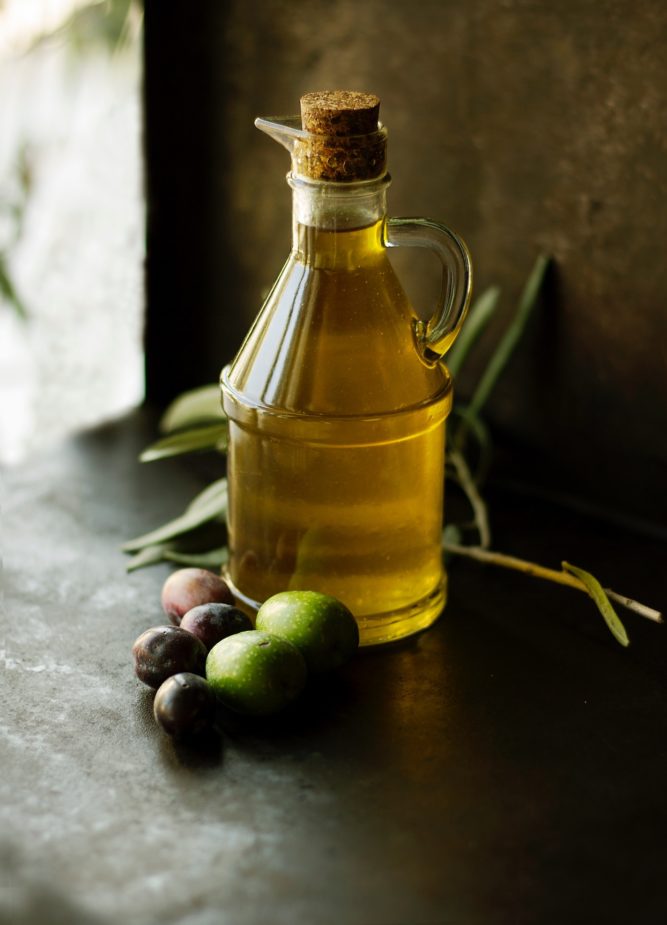
Yes, the title of this is Beyond Olive Oil but as one of the healthiest cooking oils I just have to devote a section about it so bear with me here!
Good quality extra virgin olive oil adds a rich, earthy flavor to salads and cooked dishes. It is a versatile oil that is packed with antioxidants and healthy fats. It is by far one of my favorite oils and I always have a bottle in my pantry.
If you’ve ever smelled and tasted a good extra virgin olive oil you know that it smells a bit like freshly cut grass and has an “earthy” aroma. It will also have a peppery bite in the back of your throat. Less good quality olive oils won’t have that. You may even notice an “off” or rancid odor and flavor.
But a really high-quality olive oil…it’s rich and buttery and so good drizzled over a crostini with fresh mozzarella.
Health Benefits of Extra Virgin Olive Oil
Olive oil is the highest in monounsaturated fat, with avocado oil coming in a close second. These fats help reduce bad cholesterol levels (LDL) and our risk of heart disease. They may also help decrease inflammation.
Olive oil is the prominent oil in the Mediterranean diet and is recommended for brain health and for people following the MIND Diet. It is rich in antioxidants, and primarily from polyphenols. These are the compounds that give olive oil its flavor and may help reduce inflammation and plaque buildup in the brain.
Olive Oil
Both of these reasons are why you will always find a bottle of good extra virgin olive oil in my pantry!
Best Way to Use Olive Oil
There are a few varieties of olive oil available in most supermarkets and how you use them will vary according to the type.
- Extra Virgin Olive Oil is the highest quality olive oil and the one that typically has the most earthy, rich flavor. It is also the most expensive. It is great for use in salad dressings and to drizzle over crostini or bruschetta. It is also used to make delicious infused oils like my ginger-infused olive oil.
- Refined Olive Oil may be labeled olive oil or pure olive oil. It has a very mild or even bland flavor. It is good as a general cooking oil where you want the health benefits, but not a highly flavorful oil.
- Extra Light Olive Oil is very light in flavor and color. Don’t be fooled – it is not light in calories and fat! This oil is good to use in baking or other recipes where you want the individual ingredients in the dish to shine.
Peanut Oil
This nutty flavored oil is traditionally used for deep frying because of its high smoke point. The main type of peanut oil used is highly refined, which means the protein that causes peanut allergies has been removed.
Health Benefits of Peanut Oil
Peanut oil is rich in heart-healthy monounsaturated fats. When substituted for saturated and trans fats, foods rich in monounsaturated fats help reduce LDL, or “bad” cholesterol levels, and may help reduce the risk of heart attack and stroke.
Peanut oil also contains the antioxidant vitamin E, and the polyphenol, resveratrol, which is also found in red wine. These nutrients are known to help reduce inflammation, support the immune system, and protect against free radical damage.
It is also a good source of phytosterols. These compounds are known to help block the absorption of cholesterol in your bloodstream.
While we know what is in peanut oil and there is a fair amount of research available on the health benefits of peanuts, specific evidence regarding peanut oils’ health benefits is lacking. Animal research has shown the potential for reducing blood glucose, total cholesterol, and LDL levels. More research is needed to see if this translates to humans.
Best Way to Use Peanut Oil
One of the most common uses for peanut oil is for frying foods. Because of its high smoke point, it holds up and doesn’t oxidize as readily as other oils.
Gourmet peanut oils may have a slightly nutty flavor which also makes them delicious in sauces and dressings where you are looking to add a nutty flavor. Keep in mind that gourmet peanut oils may still have traces of the protein that causes peanut allergies. If you are allergic it is best to avoid peanut oil.
I love using peanut oil to make stir-fries or in an Asian-style dressing for that little bit of extra peanut flavor.
Safflower Oil
Safflower oil is a very mild oil that contributes little to a dish by way of flavoring. Similar to peanut oil, safflower oil has a high smoke point and is often used for frying but its bland flavor makes it versatile and a good everyday cooking oil. Like other oils, it is rich in poly and monounsaturated fats, and vitamin E.
The Health Benefits of Safflower Oil
The important thing to know about safflower oil is that there are two types available: high oleic safflower oil and standard safflower oil.
What’s the difference? High oleic safflower oil has at least 70% oleic acid, which is a monounsaturated fat and the main type of fatty acid found in olive oil. There is some evidence to suggest that this fatty acid may help reduce the risk of heart disease when used in place of saturated fat in the diet.
The FDA found enough evidence to issue a qualified health claim in 2018 stating that 1½ tablespoons of high oleic oil a day may reduce the risk of heart disease.
Safflower oil may also have a positive impact on weight and blood sugar control. A recent small study found people with metabolic syndrome who used safflower oil over 12 weeks reduced their waist circumference, blood pressure, and blood sugar levels.
Best Way to Use Safflower Oil
Safflower oil is a very mild oil with a high smoke point. This makes it a versatile oil that can be used for everything from deep frying to salad dressings. You won’t get much flavor from it but will know you are using a healthier oil.
Soybean Oil
Another very mild cooking oil, soybean oil is one of the more common oils used today and found in many commercial food products.
Health Benefits of Soybean Oil
Soybean oil is rich in polyunsaturated fats, primarily the omega-6 fatty acid, linoleic acid. There have been numerous studies that have supported the reduction in total cholesterol, LDL cholesterol, and triglycerides when soybean oil is used in place of higher-saturated-fat oils.
One of the concerns with soybean oil, and other oils that are high in omega-6 fatty acids has been their potential to cause inflammation. It turns out this may not be as big an issue as once thought and these omega-6 fatty acids don’t really cause a significant increase in inflammation, and may in fact actually help reduce it.
The American Heart Association issued a scientific advisory advising that it is okay and healthful to include 5 – 10% of your daily calories from omega-6 sources to help reduce heart disease.
So, you can feel confident that soybean oil is one of the healthier oils you can use, just keep it to a tablespoon a day.
Best Way to Use Soybean Oil
Soybean oil is another relatively flavorless oil with a medium smoke point of about 450°F, which makes it good for pan frying and roasting. You can use it to roast vegetables like my Roasted Maple Balsamic Brussels Sprouts.
Vegetable Oil
Have you ever wondered what is “vegetable oil” anyway? It seems like a catchall phrase that could mean anything!
Well, vegetable oil is just that – a blend of a variety of vegetable oils. It can be made with any type of vegetable, seed, nut, or fruit (think avocado!) However, when you see it on the store shelf It is often made with a blend of corn oil and soybean oil. Soybean oil tends to be the main oil used.
Health Benefits of Vegetable Oil
Because vegetable oil is predominantly made with soybean oil the health benefits you get from using it are the same as soybean oil.
Best Ways to Use Vegetable Oil
This ubiquitous oil has a lot going for it which is why it is often a pantry staple.
- It has a bland flavor which makes it good to use in dishes where you want the other ingredients to shine.
- It has a moderately high smoke point (450°F) so it is good for pan frying, searing or deep frying.
- It is a good choice for baking because of its neutral flavor and ability to stand up to heat.
Walnut Oil
Walnuts are an excellent source of plant-based omega-3 fatty acids, which remain in the oil when it is extracted from the nut. Research has shown that people who eat a diet rich in omega-3 fatty acids have lower rates of heart disease.
This nutty oil is best used in salad dressings or to drizzle over a grain salad or cooked dish at the last minute. It has a lower smoke point and tends to lose its flavor when heated so it’s not one I cook with often but I do use it for dressings. It’s delicious on a spinach salad, mixed into cooked quinoa, or drizzled over grilled fish.
Health Benefits of Walnut Oil
Along with its healthy fat content, walnut oil contains polyphenols that have an antioxidant effect and it is also a natural source of melatonin.
Alpha-linolenic acid (ALA) is the omega-3 fatty acid found in many plants. 1 tablespoon of walnut oil contains 1.41g of this omega-3 which is just shy of the recommended amount of 1.6g per day. People who eat a diet rich in omega-3s tend to have lower rates of heart disease, some types of cancer, and cognitive decline.
Many nuts are also natural sources of melatonin, the hormone that helps regulate our internal clock. Walnut oil also seems to contain this hormone. Can a tablespoon of it help with sleep? More research needs to be done in that area but it is certainly a healthy oil to add to your salad dressing or drizzled over a delicious squash soup for dinner.
Best Way to Use Walnut Oil
Because of its rich, nutty flavor and lower smoke point of only 320°F, walnut oil is best used for salad dressings, as a drizzle on top of bruschetta, or over a warm fall soup like pumpkin or butternut squash. I’ll also drizzle some over hearty roasted vegetables just before serving for an added flavor boost.
Try my Walnut Oil Vinaigrette – it is delicious on a smoked salmon salad! I’ve found it is best to use ½ walnut oil and ½ either olive oil or grapeseed oil in this as the walnut oil can be overpowering by itself.
Coconut Oil
Now, let’s touch on an oil that after being shunned for years is gaining a little more acceptance in the nutrition world – or at least has some of us doing a deep dive and taking another look.
Coconut oil is a tropical oil that has been used as a cooking oil in many cultures. Because of its high saturated fat content, it has been lumped in with butter and palm oil and is thought to be a contributor to heart disease. Hold that thought though – there may be more to coconut oil than we originally thought.
Potential Health Benefits of Coconut Oil
Coconut oil is high in saturated fat but also contains a bit of monounsaturated fat. However, because of its saturated fat content, it has been categorized with butter and other solid fats and is thought to raise the risk of heart disease.
But there are two types of coconut oil, virgin and refined. Virgin coconut oil has flavonoids, polyphenols, and a higher amount of monounsaturated fat than refined oil.
Observational research and a few clinical trials have shown long-time consumption of coconut flesh and coconut oil appears to have little effect on heart disease risk. A large study found when participants swapped a small amount of coconut oil for butter their LDL, and total cholesterol levels were lower and had increased HDL levels. In the same study, there was little difference when coconut oil replaced vegetable oils.
Most health professionals agree that more clinical research is needed, but coconut oil definitely deserves another look in my opinion.
Best Ways to Use Coconut Oil
Because it is a saturated fat, it is solid at room temperature which makes this oil perfect for baking. It does not have an overwhelming coconut flavor, so it won’t change the taste of your baked goods. It has a medium smoke point of about 400°F making it a good oil for pan frying or sautéing vegetables too.
Which is best?
Is there a “best” cooking oil? Honestly, my go-to oil is always olive oil. Typically extra virgin and I cook with it and use it in many salad dressings. I also love to infuse it with different herbs and spices as I did in my White Balsamic Ginger Vinaigrette made with ginger-infused olive oil.
But, I also use avocado oil and grapeseed oil when I’m cooking at a high temperature or to brush on food that I’m grilling because I know they will stand up to the heat and also have a good nutrition profile.
How to Store Cooking Oils
Did you know that oils can turn rancid?
When oil is exposed to air, heat, or light, it oxidizes. And the longer it is exposed, the more it oxidizes. That is why where you store your cooking oils and how you store them is so important.
They will last the longest if kept in a dark, cool place in the kitchen and tightly sealed container. If you don’t use these often, keep them in the refrigerator, tightly sealed. They will keep this way for about six months.
That’s a wrap!
Cooking oils offer a variety of health benefits when used in moderation. There are many to choose from and my favorites for flavor and health are extra virgin olive oil, avocado oil, and grapeseed oil but may also use some of the more specialty oils like walnut when I’m looking for a particular flavor.
Have fun experimenting with these different oils to enhance the flavors in your food and gain the nutritional benefits they provide.
Let me know in the comments below if you try any of these oils and what your favorites are!
Don’t forget to sign up for my monthly email list and get a copy of my heart-healthy pantry list here which includes a list of healthy food. This list includes cooking oils and other foods I encourage my clients to keep in their kitchens so they can make heart and brain-healthy foods anytime.


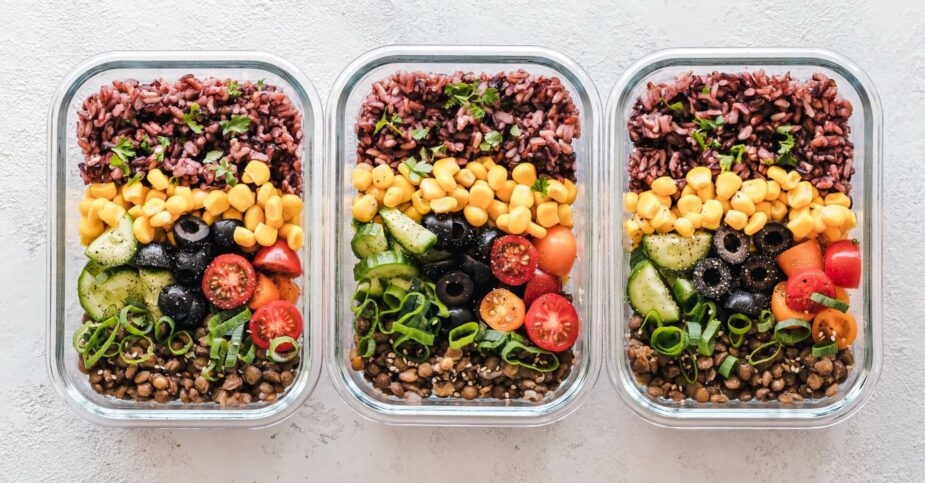
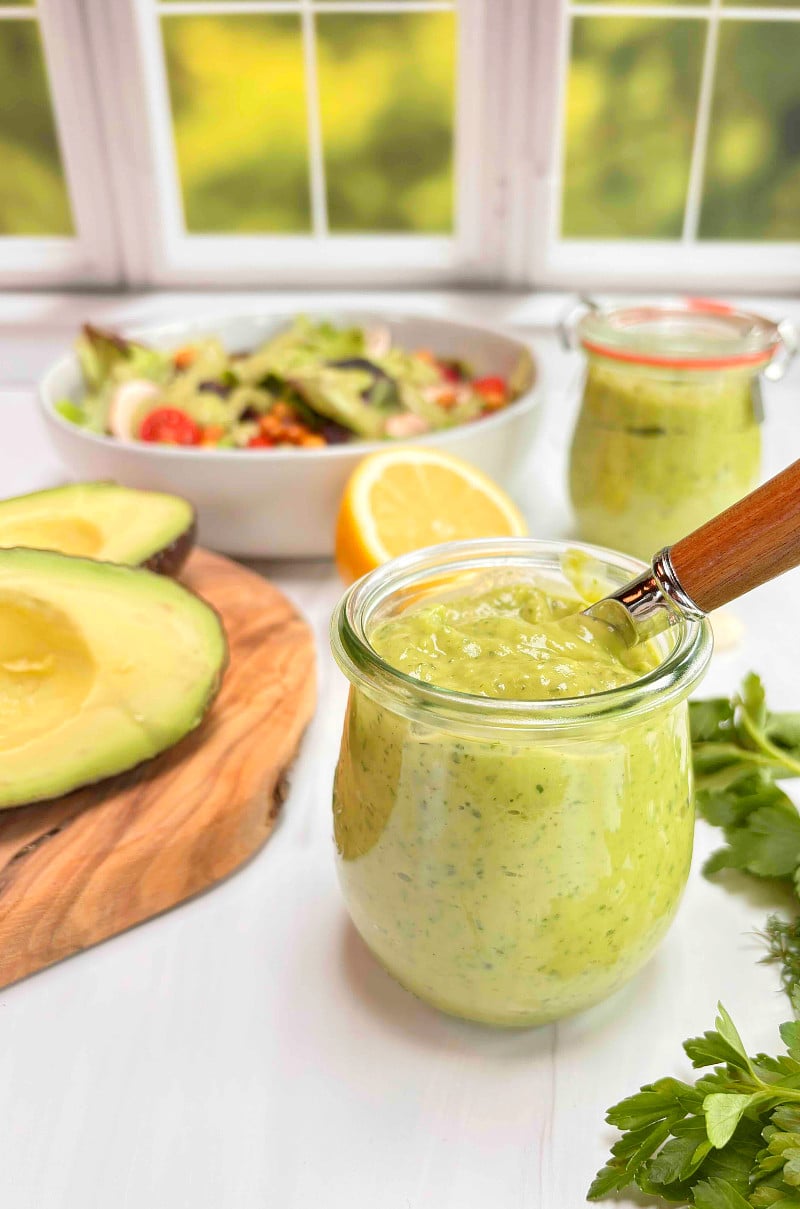
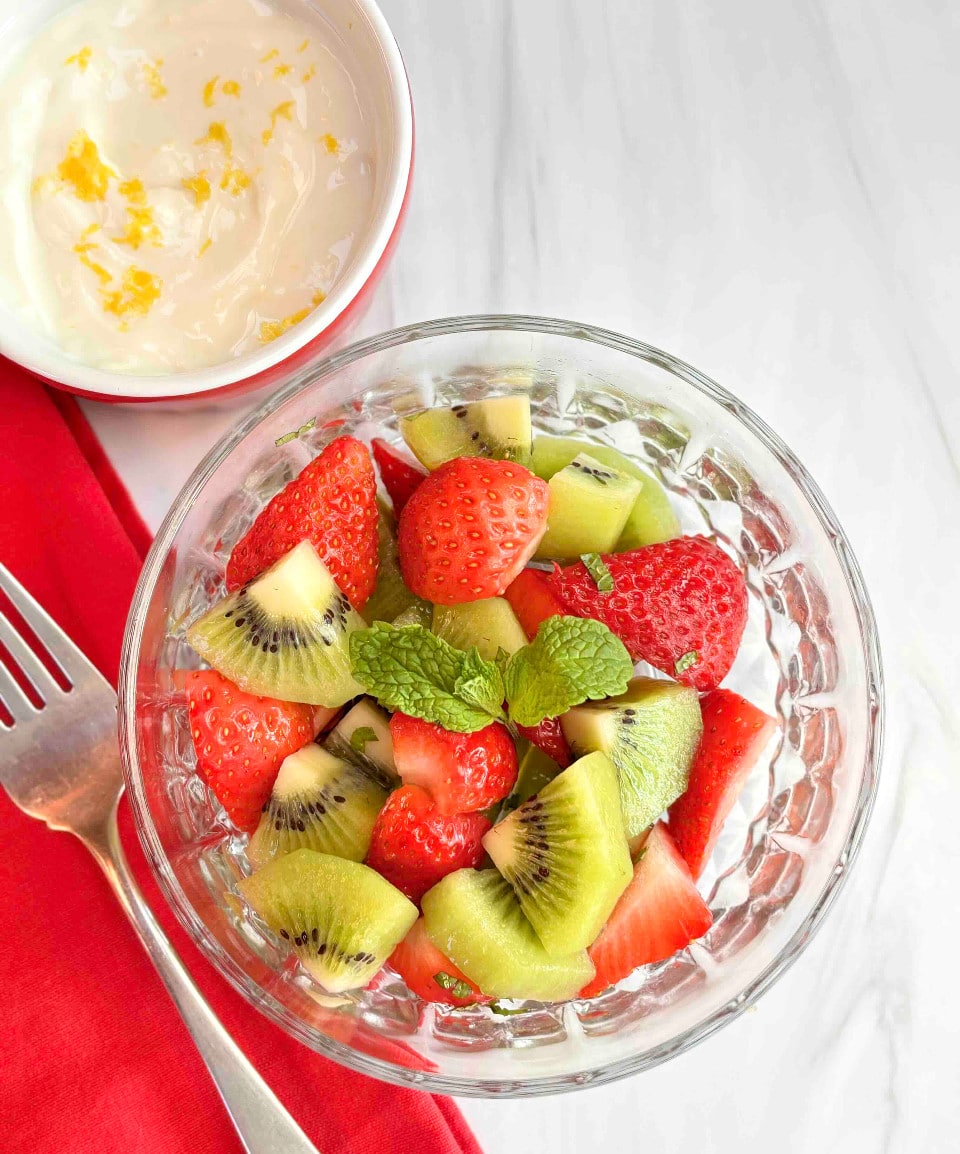
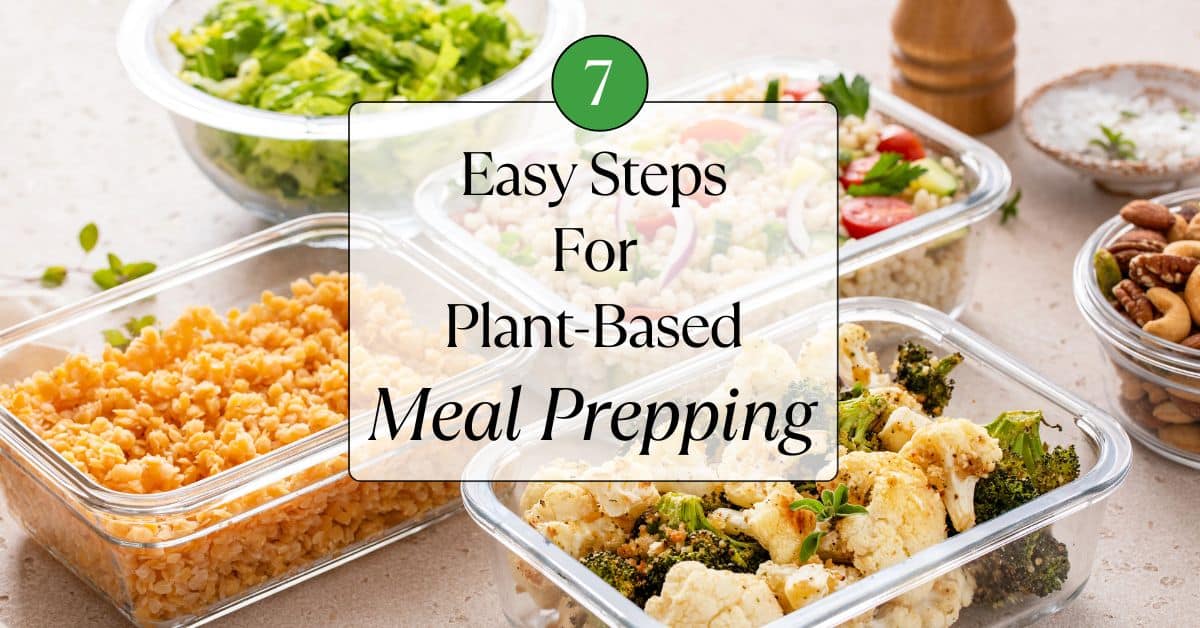

1 thought on “Beyond Olive Oil – The Best Oils for Cooking”
Pingback: Savory Grilled Peach Salad with Arugula and Toasted Walnuts